
About Fujianvenator prodigiosus:
- Fujianvenator is a member of a grouping called avialans that includes all birds and their closest non-avian dinosaur relatives.
- Despite their modest beginnings, birds survived the asteroid strike 66 million years ago that doomed their non-avian dinosaur comrades.
- Features
- Its lower leg bone - the tibia - was twice as long as its thigh bone - the femur.
- Such dimensions are unique among theropods; it also had a long bony tail.
- The forelimb is generally built like a bird’s wing but with three claws on the fingers, which are absent from modern birds. So you can call it wing.
Key facts about the Jurassic Period
- It is the second of three periods of the Mesozoic Era.
- Time period: Extending from 201.3 million to 145 million years ago.
- It immediately followed the Triassic Period(251.9 million to 201.3 million years ago) and was succeeded by the Cretaceous Period (145 million to 66 million years ago).
- It was a time of significant global change in continental configurations, oceanographic patterns, and biological systems.
- During this period, the supercontinent Pangea split apart, allowing for the eventual development of what is now the central Atlantic Ocean and the Gulf of Mexico.
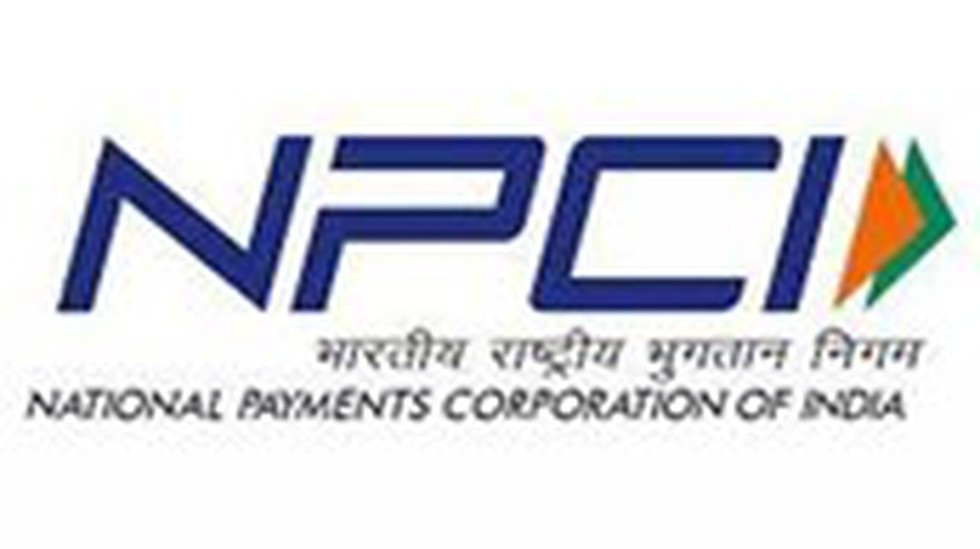
Key points about new products:
- While Credit Line: It would enable pre-sanctioned credit lines from banks via UPI.
- UPI LITE X
- It would facilitate offline payments, and UPI Tap & Pay would enhance QR Code and Near Field Communication (NFC) technology adoption for digital payment.
- In addition to the conventional Scan and Pay method, users now have the option to simply tap NFC-enabled QR codes at merchant locations to complete their payments.
- Hello UPI
- Conversational Payments on UPI would enable users to make voice-enabled UPI payments via UPI Apps, telecom calls, and IoT devices in Hindi and English and will soon be available in several other regional languages.
- BillPay Connect: Conversational Bill Payments can be made across India through a nationalised number made available by Bharat BillPay.
About National Payments Corporation of India:
- It is an umbrella organisation for operating retail payments and settlement systems in India.
- It is an initiative of the Reserve Bank of India (RBI) and the Indian Banks’ Association (IBA) under the provisions of the Payment and Settlement Systems Act, 2007, to create a robust Payment & Settlement Infrastructure in India.
- It has been incorporated as a “Not for Profit” Company under the provisions of Section 25 of the Companies Act 1956 (now Section 8 of the Companies Act 2013).
- It is promoted by ten major banks, including the State Bank of India, Punjab National Bank, Citibank, Bank of Baroda, and HSBC.
- The regulatory board of the NPCI, headquartered in Mumbai, includes nominees from the RBI along with nominees from ten core promoter banks.

About Wide Field Survey Telescope:
- It is the largest time-domain survey facility in the Northern Hemisphere.
- Objectives:
- The core scientific objective is to explore and monitor dynamic astronomical events and conduct time-domain astronomical observation research.
- This will enable researchers to detect faint and distant celestial signals, including those from galaxies beyond the Milky Way and galaxy clusters.
- It will also seek out planets or their moons in the Kuiper Belt and beyond.
- It has set out to find and track 10 lakh solar system objects for a comprehensive view of the solar system and its evolution.
- The telescope is located at the Lenghu astronomical observation base in northwest China's Qinghai Province.
- The base, which sits at an average altitude of about 4,000 meters, offers optimal conditions for stargazing due to its clear night skies, stable atmospheric conditions, dry climate, and minimal artificial light pollution.
- It is recognised as one of the best observatory sites on the Eurasian continent.
- The WFST project was launched in July 2019 through a collaboration between the University of Science and Technology of China and the Purple Mountain Observatory under the Chinese Academy of Sciences.
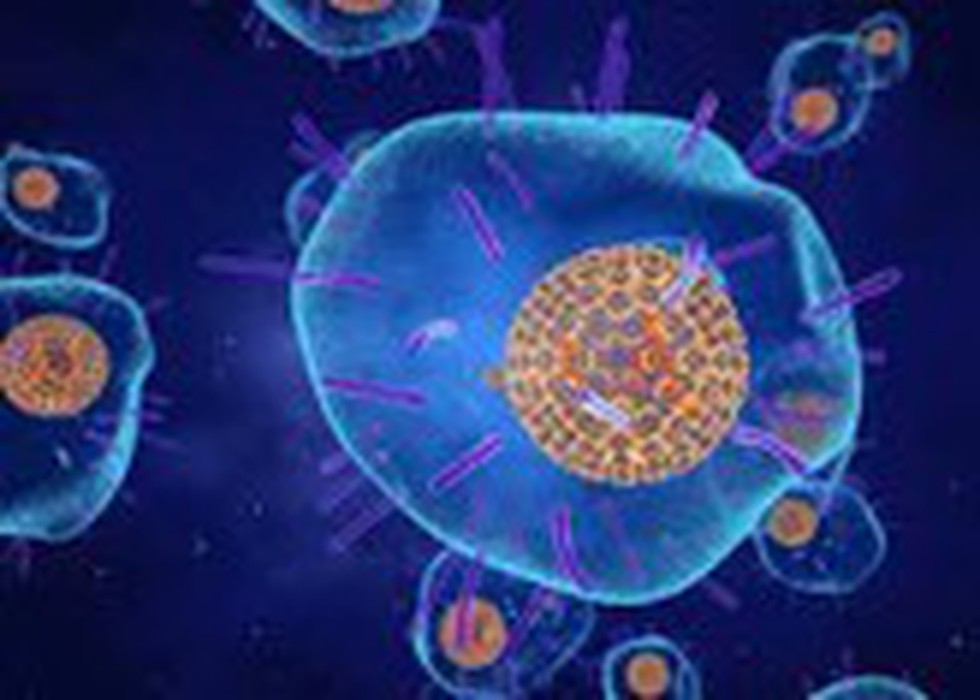
About Varicella Zoster Virus:
- Varicella-zoster is a herpes virus that causes chickenpox, a common childhood illness.
- It is an exclusively human virus that belongs to the α-herpesvirus family.
- It is present worldwide and is highly infectious.
- Primary infection of this virus leads to acute varicella or “chickenpox”.
- The infections can progress to the central nervous system involvement and severe complications.
Key Facts about Chickenpox
- It is a highly contagious disease.
- Symptoms
- It can cause an itchy, blister-like rash, among other symptoms.
- The rash first appears on the chest, back, and face and then spreads over the entire body.
- The virus is spread by:
- Coming in contact with someone who has chickenpox.
- Breathing air from an infected person who sneezes or coughs.
- Coming in contact with fluids from an infected child's eyes, nose or mouth.
- The incubation period of chickenpox is from 10 to 21 days
- It can be serious, especially during pregnancy, in babies, adolescents, adults, and people with weakened immune systems (lowered ability to fight germs and sickness).
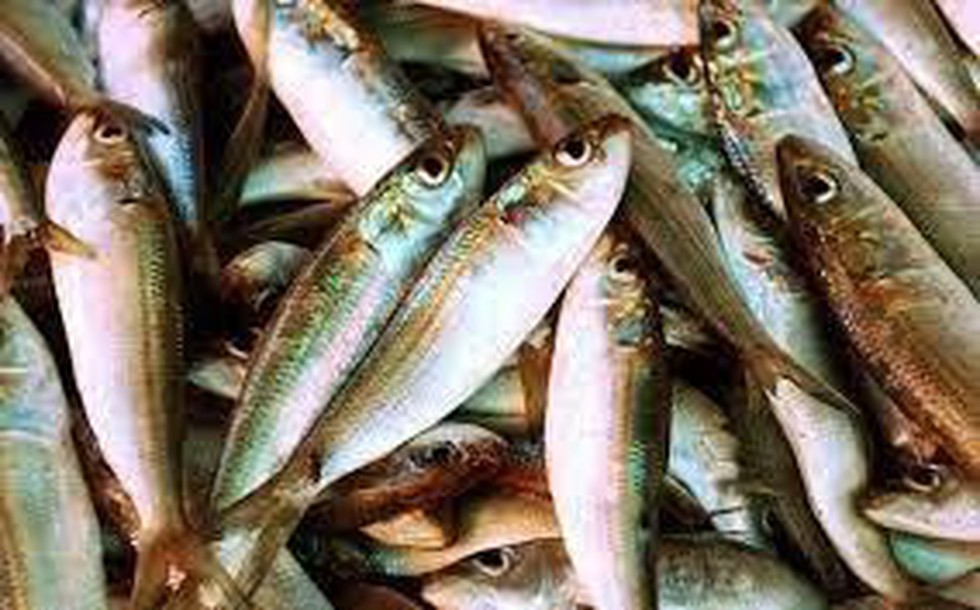
About Indian oil sardine:
- It is a very important pelagic fish species.
- It contributes to about 15% of the total marine fish production in India.
- Local names of oil sardine are, Mathi, Nalla mathi, Nei chala (Malayalam); Bhutai (Kannada), Tarli (Marathi and Hindi).
- Distribution
- It is distributed on the entire west coast from Gujarat to Kerala and also on the Tamil Nadu, Andhra Pradesh and Orissa coasts in the east.
- Highest abundance and large-scale shoaling are observed off Kerala and Karnataka coasts.
- Significance
- The sardines are an ecologically important part of the marine ecosystem as they form an intermediate link in the food web and serve as prey for larger predators.
- The genome assembly of the sardines is a valuable tool for studying how fish adapt to climate change.
- Indian oil sardine is a vital fisheries resource in the Indian subcontinent, contributing substantially, approximately 10%, to the total marine fisheries industry in India.
- One of the findings of the study is that Indian oil sardines exist in two highly distinct stocks, one in the Indian waters and another in the Gulf of Oman.
- The researchers have identified the genes involved in the biosynthesis of polyunsaturated fatty acids (PUFA) of the oil sardine, offering insights into the genomic mechanisms behind the high nutritional quality of the fish.

About Meniere’s Disease:
- It is a rare inner ear disorder.
- Cause:
- It is the result of a build-up of fluid in the inner ear, called labyrinth. It contains the organs of balancing and hearing.
- The fluid build-up in the labyrinth interferes with the normal balance and hearing signals between the inner ear and the brain.
- It can lead to severe dizziness (vertigo), ringing in the ears (tinnitus), hearing loss, and a feeling of fullness or congestion in the ear.
- It usually affects only one ear.
- Ménière’s disease can develop at any age, but it is more likely to happen to adults between 40 and 60 years of age.
- Major Symptoms: Vertigo is the most debilitating symptom and is a severe spinning sensation that can cause:
- Severe nausea;
- Vomiting;
- Sweating;
- Other symptoms may include:
- Tinnitus (ringing in the ears);
- Loss of hearing or muffled hearing;
- Loss of the ability to hear low frequencies;
- Pressure in the affected ear;
- Loss of balance;
- Left untreated, Ménière’s disease symptoms get worse over time and may cause permanent hearing loss and ongoing balance problems.
- Treatment: There is no cure, but lifestyle tips and medical treatments can help ease the symptoms.
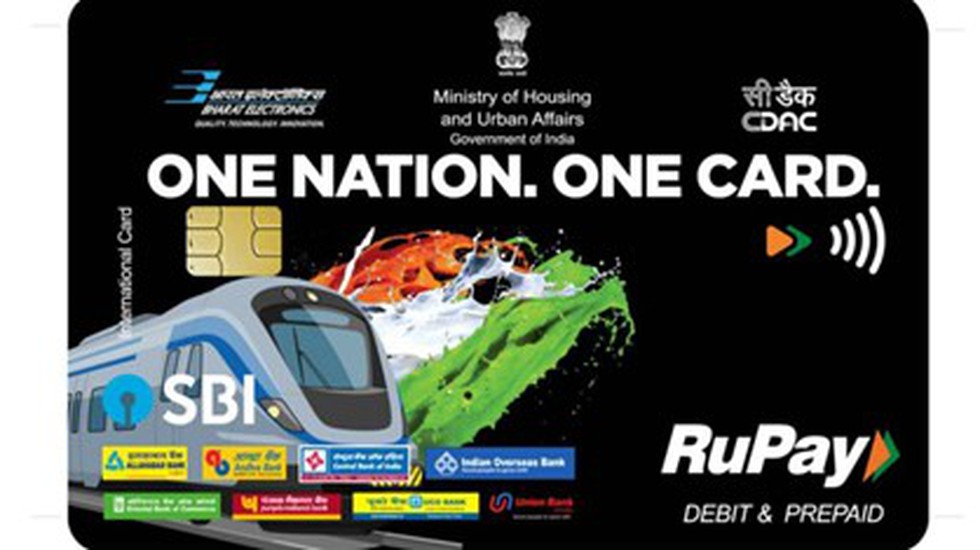
About Nation First Transit Card:
- It aims to facilitate a seamless and convenient customer commuting experience and ensure easy digital ticketing fare payments in metro, buses, water ferries, parking, etc., through a single card.
- In addition, individuals can also use this card for making retail and e-commerce payments.
- It is powered by RuPay and National Common Mobility Card (NCMC) technology.
Key Facts about National Common Mobility Card (NCMC):
- NCMC feature enables the Bank’s customers to use their Debit Cards as travel cards for travelling on Metro Rail and Buses where this facility is enabled.
- The idea of NCMC was floated by the Nandan Nilekani committee set up by the Reserve Bank of India (RBI).
- NCMC is an initiative of the Ministry of Housing and Urban Affairs in India designed to promote cashless transactions and offer a unified payment platform for commuters.
- It was launched on March 4, 2019.
- It offers a unified contactless transport solution through the RuPay platform, developed by the National Payments Corporation of India (NPCI).
- NCMC is an automatic fare collection system. It will turn smartphones into an inter-operable transport card that commuters can use eventually to pay for Metro, bus and suburban railway services.
What is a RuPay Card?
- It is an Indian domestic card scheme conceived and launched by the National Payments Corporation of India (NPCI).
- RuPay is an affordable card and can be issued as credit cards, debit cards, and prepaid cards.
- It works to enable electronic payment at all Indian banks and financial institutions.
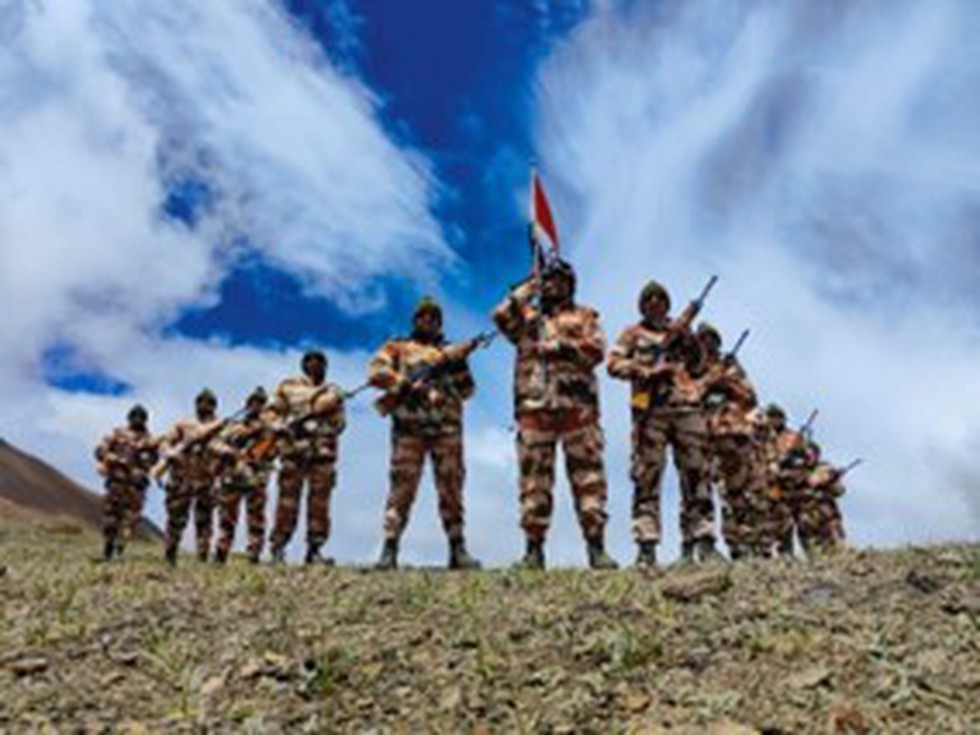
About Indo-Tibetan Border Police:
- It is one of the Central Armed Police Forces of India.
- The ITBP is responsible for guarding the India-China border, stretching over 3,488 km from the Karakoram Pass in Ladakh to Jachep La in Arunachal Pradesh.
- Apart from this, the Force also has important roles in many internal security duties and operations against Left Wing Extremism in the state of Chhattisgarh.
- ITBP also conducts relief and rescue operations as 'First Responders' for natural calamities in the Himalayan region.
- History:
- It was raised in 1962 in the wake of the Sino-Indian War of 1962 for deployment along India's border with China's Tibet Autonomous Region.
- ITBP was initially raised under the CRPF Act. However, in 1992, parliament enacted the ITBPF Act and the rules there under were framed in 1994.
- In 2004, ITBP was declared as a full-fledged central armed police force under the Ministry of Home Affairs.
- Motto of the Force:“Shaurya-Dridhata-Karma Nishtha” (Valour – Determination – Devotion to Duty).
- Parent ministry: Ministry of Home Affairs.
- It is headed by a Director General under the Ministry of Home Affairs.
- Headquarters: New Delhi
- Most of the ITBP’s Border Out Posts (BOPs) are located at altitudes ranging from 9,000 ft to 18,800 ft where temperatures drop to minus 45 degrees Celsius in extreme winters.
- ITBP personnel undergo rigorous training in high-altitude warfare and mountaineering to operate effectively in challenging terrains.
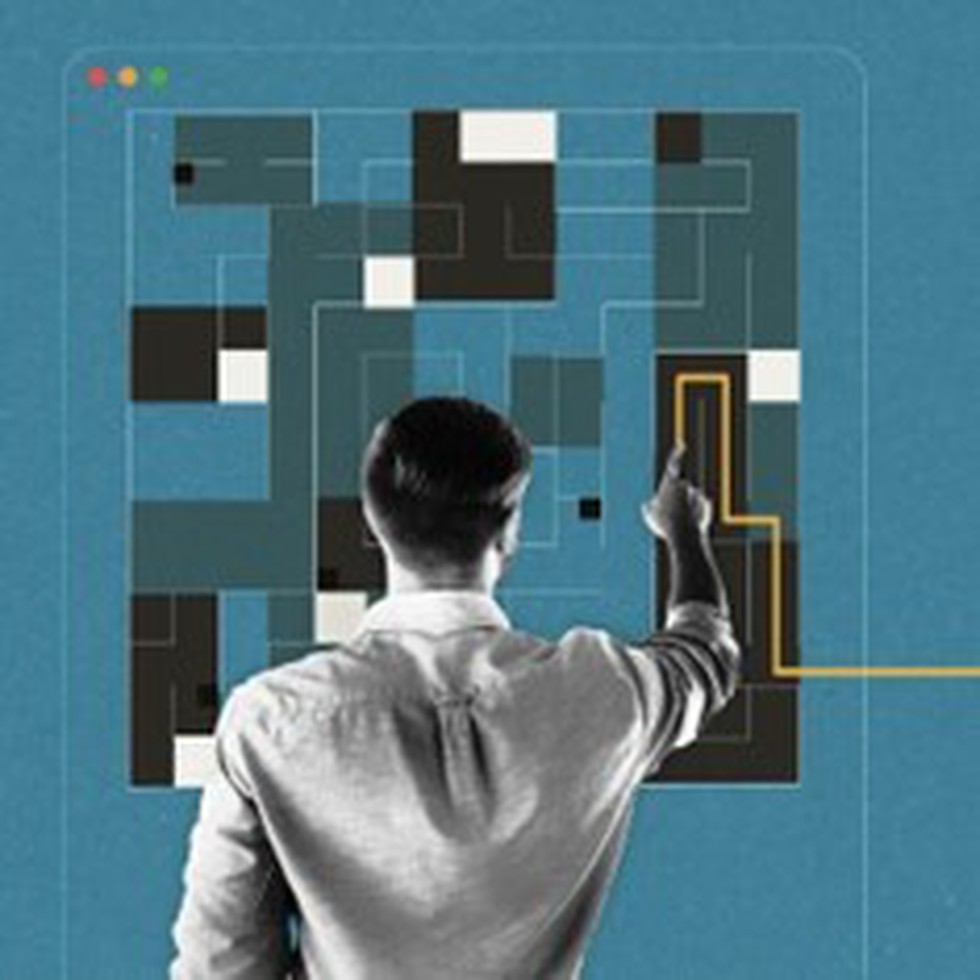
About Dark Patterns:
- Dark patterns are deceptive and manipulative user interface (UI) design techniques employed by websites, apps, and other digital platforms to trick or manipulate users into taking actions they may not intend to take or to make decisions that are not in their best interest.
- The term “dark patterns” was coined in 2010 by Harry Brignull, a user experience specialist.
- These patterns are often used to encourage users to sign up for services, make purchases, or share personal information, among other things.
- Dark patterns exploit cognitive biases and psychological principles to influence user behaviour.
- They can range from subtle and mildly misleading to overtly aggressive tactics.
- There are 12 kinds of dark patterns: Friend spam, forced continuity, disguised ads, confirm shaming, bait and switch, hidden costs, roach motel, privacy zuckering, misdirection, price comparison prevention, trick questions, and sneak into basket.
- For Example: 'Confirm shaming' means using a phrase, video, audio or any other means to create a sense of fear, shame, ridicule or guilt in the mind of the user so as to nudge the user to act in a certain way.
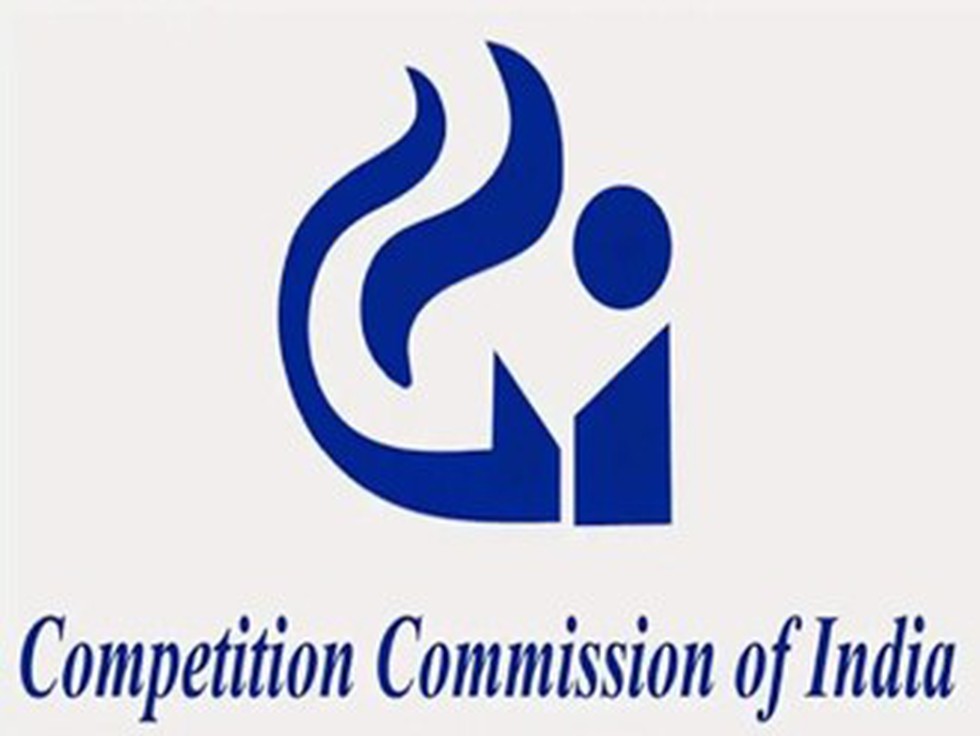
About the Competition Commission of India (CCI):
- CCI, a statutory body of the Government of India, was established in March 2009 under the Competition Act, 2002.
- The goal of CCI is to create and sustain fair competition in the economy that will provide a ‘level playing field’ to the producers and make the markets work for the welfare of consumers.
- The priority of the Commission is to eliminate practices having adverse effects on competition, promote and sustain competition, protect the interests of consumers, and ensure freedom of trade in the markets of India.
- Mandate: To implement provisions of The Competition Act, 2002, which –
- prohibits anti-competitive agreements and abuse of dominant position by enterprises;
- regulates mergers and acquisitions (M&A), which can have an adverse effect on competition within India. Thus, deals beyond a certain threshold are required to get clearance from CCI.
- It oversees the operations of big enterprises to ensure they are not abusing their ‘dominant position’ or power by controlling supply, setting up high purchase prices, or adopting practices that are unethical and may harm budding enterprises.
- Composition:
- It has the composition of a quasi-judicial body, with one chairperson and six additional members.
- All members of the CCI are appointed by the Central Government.
- Headquarters: New Delhi.


.png)
.png)
.png)
























































































































































.png)
.png)
.png)
.png)
.png)


.png)
.png)
.png)





.png)
.png)






.png)
.png)
.png)
.png)
.png)
.png)
.png)
.png)
.png)

.png)







.png)
.png)


.png)
.png)
.png)


.png)

.png)
.png)





.jpg)

.png)
.png)


.png)


.jpg)

.jpg)


.png)

.png)
.png)
.png)
.png)
.png)
.png)
.png)
.png)
.png)
.png)




.png)

.png)





.png)
.png)
.png)
.png)
.png)
.png)
.png)
.png)
.png)
.png)
.jpg)
.jpg)

.png)
.png)
.png)
.png)
.png)
.png)
.png)
.png)
.png)
.png)
.png)
.png)
.png)
.png)
.png)
.png)
.png)
.png)
.png)
.png)
.png)
.png)



.png)
.png)

.jpg)
.jpg)


.jpg)
.jpg)
.jpg)
.jpg)
.jpg)

.jpg)








.jpg)
.jpg)
.jpg)
.jpg)
.jpg)

















.jpg)
.jpg)







.jpg)


















.jpg)
.jpg)






























































































.jpg)
.jpg)


























.jpg)

.jpg)










.jpg)








.jpg)




.jpg)










.jpg)


















.jpg)












































.jpg)














.jpg)
.jpg)
.jpg)





.jpg)

.jpg)
.jpg)





































































.jpg)


































.jpg)
.jpg)
















































.jpg)












.jpg)


.jpg)




.jpg)
.jpg)
.jpg)

.jpg)
.jpg)
.jpg)
.jpg)

.jpg)
.jpg)
.jpg)

.jpg)
.jpg)
.jpg)
.jpg)
.jpg)
.jpg)
.jpg)
.jpg)

.jpg)


.jpg)
.jpg)
.jpg)
.jpg)
.jpg)
.jpg)
.jpg)
.jpg)
.jpg)
.jpg)











.jpg)
.jpg)





.jpg)
.jpg)
.jpg)
























.jpg)
























.jpg)









.jpg)
.jpg)







.jpg)
.jpg)









































.jpg)
.jpg)
.jpg)
.jpg)
.jpg)

.jpg)
.jpg)
.jpg)
.jpg)
.jpg)


.jpg)
.jpg)
.jpg)
.jpg)
.jpg)

.jpg)
.jpg)
.jpg)
.jpg)
.jpg)
.jpg)
.jpg)
.jpg)
.jpg)
.jpg)
.png)

.png)
.png)

.png)
.png)
.png)
.png)


.jpg)
.jpg)

.jpg)
.jpg)
.jpg)

.png)
.png)
.png)
.png)
.png)
.png)
.png)

.png)
.png)
.png)
.png)
.png)
.png)
.png)
.png)
.png)
.png)





































































-min.png)



.png)




.png)








































